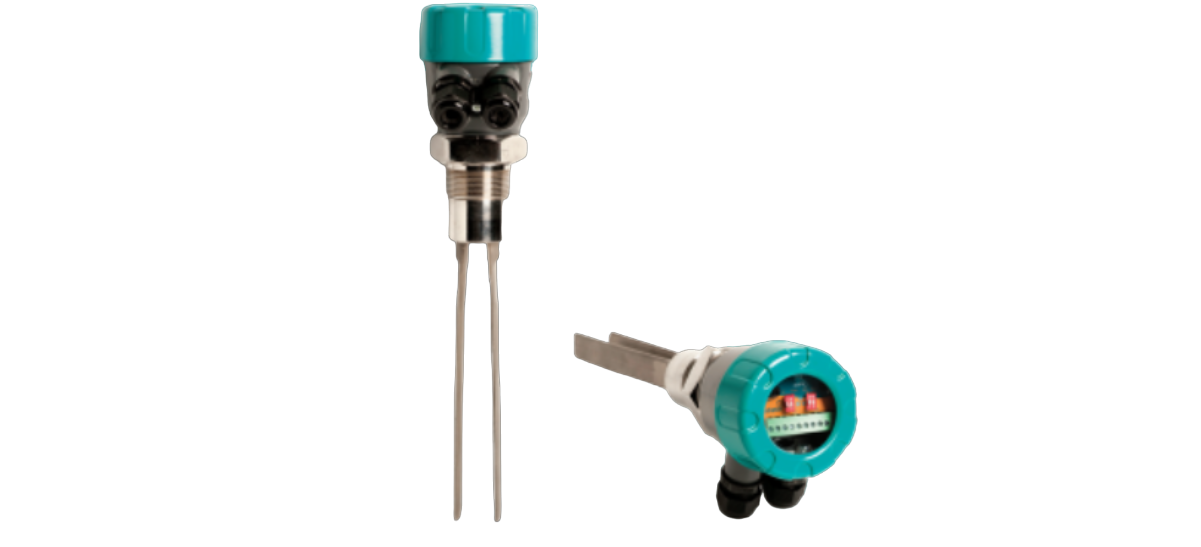
Principle Operation of Vibrating level switch
A stainless steel tuning fork is driven by piezo ceramic elements, causing it to vibrate at its resonant frequency. When the material to be detected covers the fork, vibrations are damped. The changed vibration is sensed electronically, and the processed signal is used to switch a relay for indication or control purposes.
Typical Uses of Vibrating level switch
- Failsafe high-level / low-level alarm
- High-level alarm
- Low-level alarm
- Interface detection
- Pump control.
Primary Areas Application of Vibrating level switch
- Brewing
- Cement
- Chemical
- Dairy
- Edible oil
- Fertilizer
- Food & Beverage
- Glass
- Mining & Metals
- Oil & Gas
- Packaging
- Paint
- Paper
- Pharmaceutical
- Plastics
- Power Generation
- Refining
- Semiconductor
- Sugar
- Textile
- Water & Wastewater.
Features of Vibrating Level Switch
- Suitable for a wide range of solids and liquids
- Heavy duty construction
- Simple ‘1-minute’ setup
- Remote sensor or Integral ‘all in one’ types
- Relay outputs: Integral probe (1) Remote (2)
- Remote test function
- Adjustable ON and OFF delays (0-20 sec)
- Modbus, GosHawk
- Remote 3G Connection option
- Remote amplifier to probe separation up to 500m (1640ft)
- Bright visual status indication on probe
- Independent housing alignment after mounting thread locked

